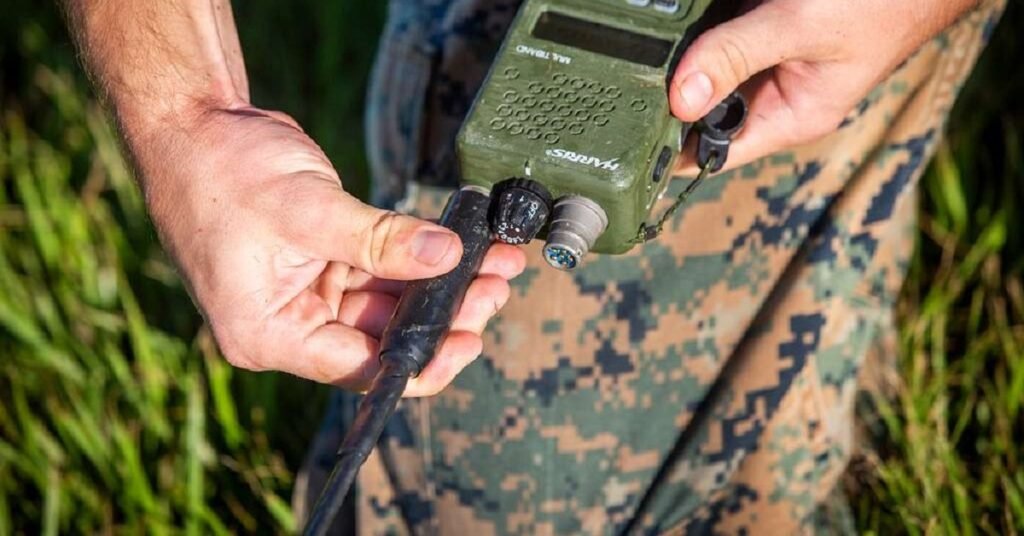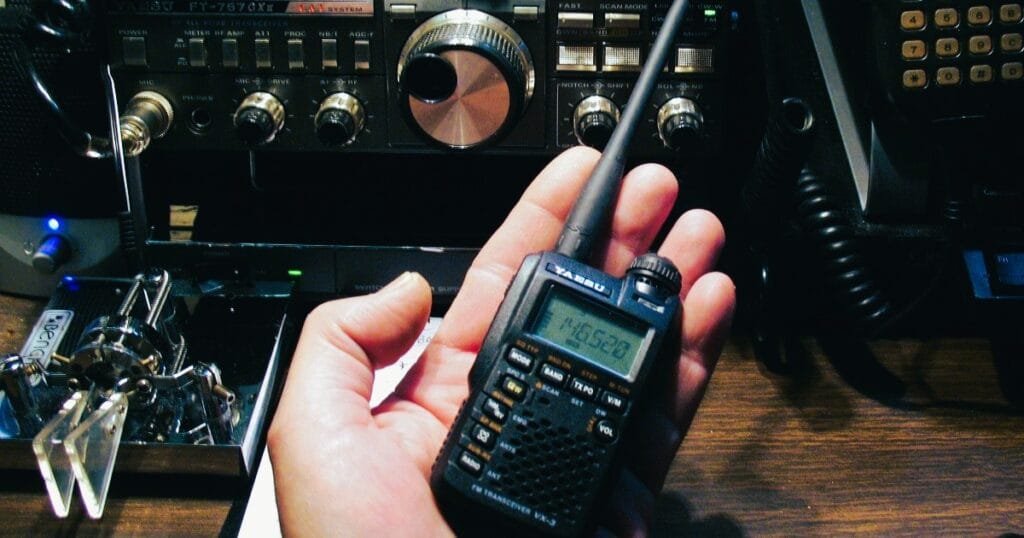Table of Contents
ToggleDoes an Antenna Really Help to Extend Connection? ABC on Antenna
Imagine this scenario: You have taken your cherished walkie-talkie out into the bush and are now trying to transmit over a distance where you cannot hear yourself on the receiving end. You press the chat button, and it is all just snow static from then on — like there is something preventing you from sending a clear signal or overhearing one after all your attempts. Isn’t this frustrating? This is where ABC on Antenna magic (or science, depends) happens. Right, so does an antenna actually help increase your reach? In this ham radio review, let’s talk antennas and share a cool tip on how tweaking the simplest part of your setup could significantly improve your communication range.
The Role of Antennas in Radio Communication
So much more that just a round thing connected to your receiver; antennas are the silent warriors of communication. An antenna is a vital connection between your radio and the great open air of waves being sent out over-the-air. Which takes electrical signals from your radio and turns it into electromagnetic radiation that can move through the air. It does the same thing in reverse, too; it takes those waves and changes them into signals that your radio can read (these are called electromagnetic waves).
Hint: Your antenna is the connective tissue between your two-way radio and the vast ocean of electromagnetic radiation floating around. Without a proper antenna, even the most advanced radio may have difficulty transmitting or receiving signals across space.
How Antennas Impact Connection Range
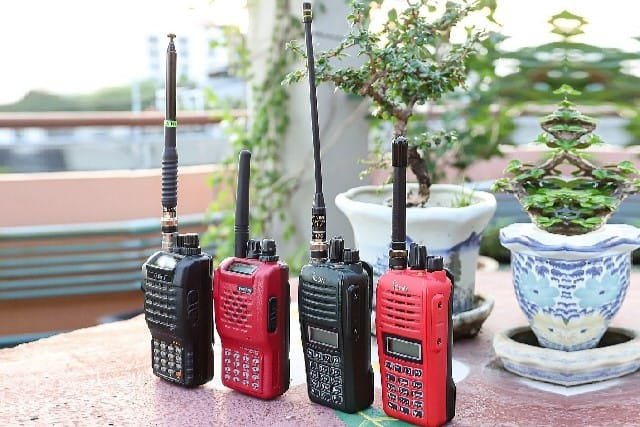
So, how does an antenna affect your connection range? Let us break it down in this ham radio review.
1. Signal Transmission and Reception
One of an antenna’s primary duties is to transmit and receive signals effectively. This is the ABC on antennas. This means:
Transmission: A well-designed antenna functions as a strong megaphone for your radio, transmitting your signal far and wide. The stronger the antenna we attach to our device, the longer the distance the radio signal can travel. However, a poorly built or broken antenna can significantly restrict transmission range.
Reception: Similarly, an efficient antenna functions as an extremely sensitive microphone, taking up feeble sounds from distant transmitters. This might mean the difference between receiving a clear message and missing out on crucial information.
The power and clarity of your connection are determined on the quality of your antenna, both during transmission and receiving. Investing in a suitable antenna will help your two-way radio’s range.
2. Antenna Gain
Antenna gain, which basically measures the antenna’s capacity to focus or direct its radiated energy more efficiently in a certain direction, is an important consideration since it amplifies the signal intensity in that region. This is how it works.
Gain: Think of gain as how well your antenna can increase the signal strength in a given direction. The use of a high-gain antenna forms strong concentration behind weakened signals by beaming energy through beam narrowing. More like a spotlight instead of a lantern, much clearer and more powerful.
Directional vs. Omni-Directional Antennas: Unidirectional or directional antennas like Yagis projects signal only in one direction which is best for site to site communication. And, if you think about omni-directional antennas, they transmit radio signals in all directions equally at single time. They allow you to cover an area, or contact several people in different directions but may not be able to reach the same distance as directional antennas.
For instance, if you are on the top of a mountain and want to contact someone at its bottom then with high-gain directional antenna it is easier than from omni-directional. But if you are with a group and everyone is spread out around the property, go omni-directional.
3. Height and Placement
The term “location, location, location” is equally applicable to radio transmission as it is to real estate, emphasizing the need of properly positioning equipment for maximum signal performance. Your antenna’s height and positioning might have a considerable impact on its performance.
Height: The taller the antenna, the better. Height allows your antenna to “see” above obstructions like trees, buildings, and hills. The obstructions separating our antenna and the target receiver determine whether we can receive a stronger signal. More obstacles mean fewer possibilities. This is why many base stations or repeaters are located on towering structures or mountaintops.
Placement: Having a good placement is just as important as altitude. Keeping your antenna free of interference from physical objects, electrical gadgets, and reflecting surfaces will help it work optimally. Placing your antenna in the best position helps boost both transmission and reception.
Even simple things like raising your radio or relocating to an open place can improve performance on portable two-way radios. This is basic—essentially the ABC on Antenna.
If you want to extend your antenna’s coverage, you can use a radio repeater. Click here to learn more about the types, setup, coverage, and top brands of radio repeaters.
Choosing the Right Antenna: What to Consider
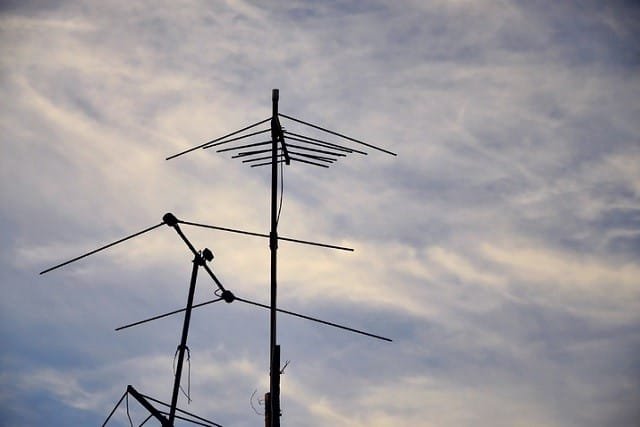
When it comes to choosing or updating your antenna, there are various things to consider. In this ham radio review, we’ll go over each of these in depth.
1. Frequency Compatibility
If you are trying to buy a ham radio antenna, make sure that the frequency range of your ham radio is against this. Best long-range radio antenna 451.00 MHz. Different antennas work for different frequencies, so if you use an incorrect one it will reduce the effectiveness at best and at worst damage your Radio within time.
Not all antennas are designed to perform well in each frequency band so make sure your radio spec matches the antenna you order. For example, if you are using a ham radio, choose an antenna which will cover the bands of frequencies that you wish to use (VHF, UHF or HF).
2. Environmental Conditions
The environment in which you operate should have a considerable impact on your antenna selection, since topography, barriers, and signal interference all play important roles in identifying the best antenna for maximum performance and dependable connection. Think of the following scenarios as your ABC on Antenna:
Urban Areas: If your transmission area is more a busy area with lots of tall buildings and obstacles and you are using your walkie-talkie or two way radio to communicate with others, you should use a high gain directional antenna. That can be a good option because of its capability of concentrating on sending your radio signal further even in a busy environment with obstacles.
Open Spaces: If you’re in a more open region, such a rural or wilderness situation, an omni-directional antenna positioned high up can be really useful. This permits your signal to travel in all directions, making it simpler to communicate with several individuals across a large region.
Your ham radio band capability is also important depending on the environment. In some environments, VHF or UHF may work best, though each band has its limitations. Click here to learn more in detail.
3. Portability and Durability
Prioritizing mobility becomes crucial if you are often on the go. Make sure your equipment is readily movable and practical to use wherever your travels take you. Larger antennas may provide higher performance, but they are not exactly affordable. Think about how you plan to use your ham radio:
Portable Radios: If you’re hiking or on the run, you must find a balance between performance and portability. Foldable or flexible antennas may be a preferable option, since they are easier to transport while delivering a performance improvement over standard antennas.
Fixed Stations: Larger & more powerful antennas provide greater base station options. However, check that they are hardy enough to withstand the weather, especially if you want them outside.
Durability also comes up if you’re without trails and, for example, switching the car over a steep hill in mud or ice.
Practical Tips for Maximizing Antenna Performance
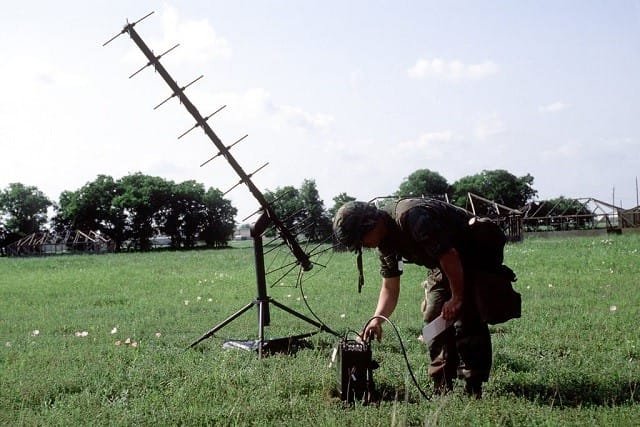
To get the perfect outcome from your antenna you should remember some tips and tricks. Here are some which you can follow.
1. Proper Installation
Installation is one of the most important factors influencing antenna performance. A loose connection might be the weak point of your system, resulting in signal loss or poor reception. Verify that your antenna is installed correctly and has a strong connection to your primary radio device.
For more sophisticated configurations, employing suitable mounting gear and grounding your antenna might help to increase performance even further. Even something as easy as ensuring that your coaxial wire is securely fastened and free of damage can help prevent problems in the future.
2. Use Antenna Tuners
A tuner may make all the difference for those curious about radio communications. Antenna tuners help peak the signal gain and solve any impedance problems between your radio and antenna, for best probable performance.
Although tuners are more commonly associated with ham radio installations they can be helpful when used for two-way radios, especially in receiving an external antenna. They help offset impedance mismatches, which ensures that your radio operates efficiently and provides less grounding for signal loss.
Need some guidelines about what an antenna tuner is and how it works? Learn all you need to know about antenna tuners by clicking this link.
3. Regular Maintenance
Like all pieces of equipment, antennas need regular care in order to work most effectively. Over time, antennas start to gather more and more dirt or dust (even rust if yours is metallic), leading to decreased performance. Check your antenna for any damage or wear regularly, and clean it if need be.
If we use an external antenna mounted outside and in the open, it should be rugged proof against water dust too with a minimum of IP67 certificate. Since the materials on most antennas can be negatively affected by rain, snow and constant high temperatures over time it’s always best to take some precautions so that your new antenna remains in top notch condition for a lot longer.
4. Experiment and Adjust
Finally, a certain amount of trial and error may be the most effective method to improve your antenna’s performance. Make sure to play around with angles, positions and heights! Sometimes, just a few feet of movement or adjusting the orientation can make all the difference.
Even the simple act of lifting your radio higher or adjusting how you hold yourself up can be a big advantage with portable setups. In a heavily wooded area, moving to an open one may improve cellular reception.
Conclusion: The Power of Antennas in Extending Connection
In this ham radio review, we’ve looked at how antennas are more than simply accessories; they’re the key to better, clearer, and farther-reaching communication. Understanding the various types of antennas and taking into account parameters like gain, height, and surroundings will allow you to optimize your setup for optimal performance.
Whether you’re attempting to stay connected on a mountain route, working with a team in the city, or establishing a ham radio base station, a strong antenna may be the difference between crystal-clear communication and annoying static.
Stay tuned to TalkieTrail for more radio communication tips, methods, and in-depth look at the industry. Here’s to pushing the bounds of connectivity, one signal at a time!
